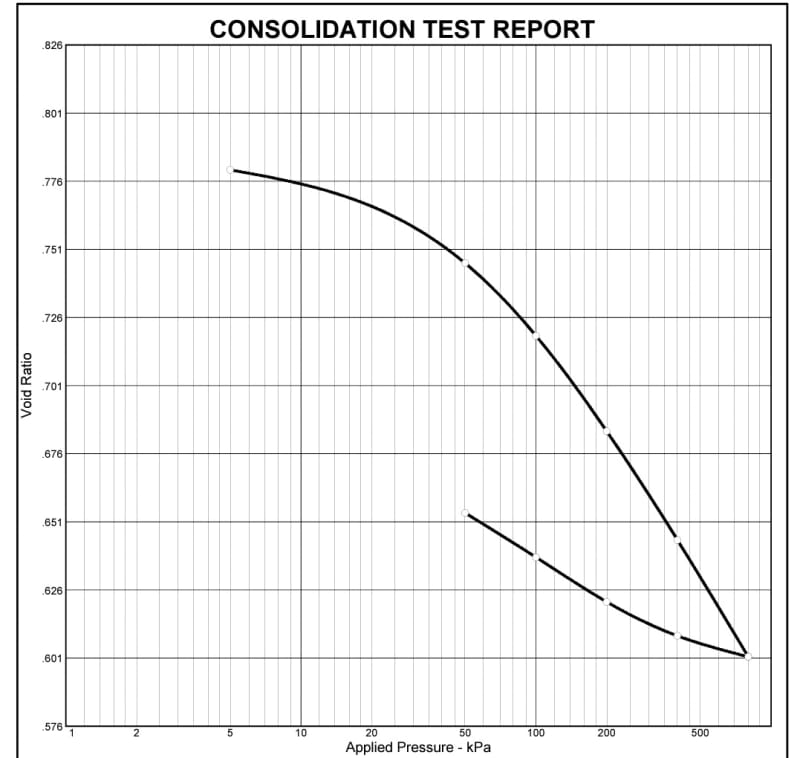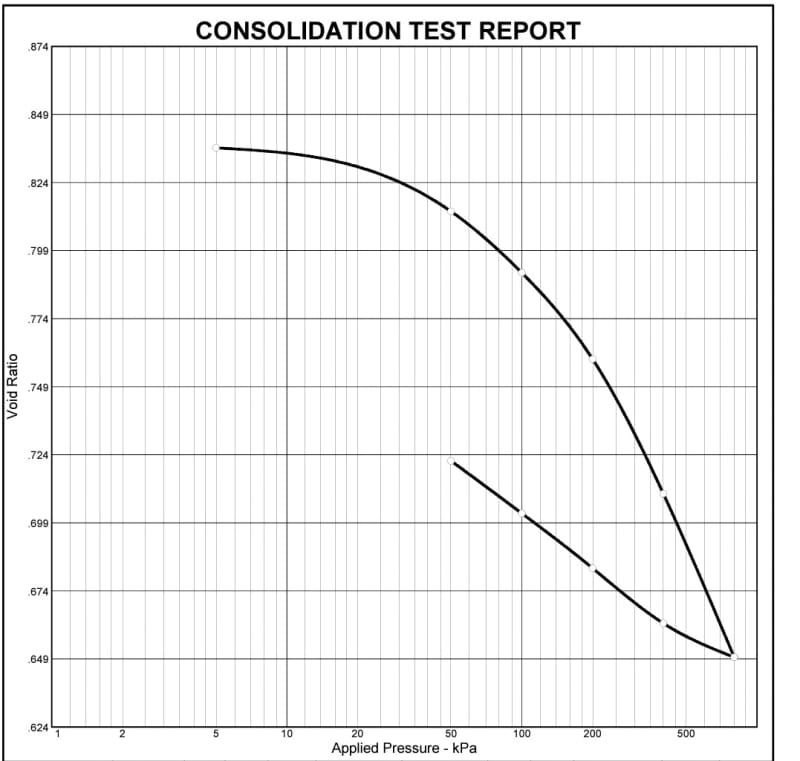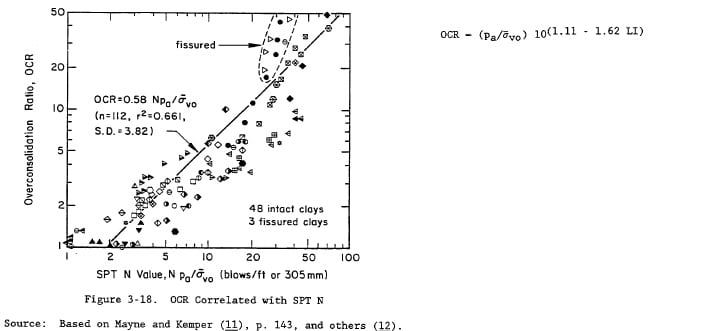TimesNewRoman
Civil/Environmental
Dear All,
We are dealing with a flat field containing clay and silt with occasional beds of sand (1-2m thickness). The SPT counts from depth 10m to 30m vary from 30-50. No SPT value is less than 30! GWT is at depth 3m from ground surface. Moisture content is around 20% and LL = 45-55.
I have received a couple of oedometer and unconfined compression test results from a local laboratory.
They performed oedometer testing at 2 fine grained soil samples.
Sample 1. Depth 17m. Pc = 142 kPa. This means that OCR<1
Sample 2. Depth 23m. Pc = 160 kPa. This means that OCR<1
They also performed Unconfined Compression test at:
Sample 1. Depth 15m. Su = 180 kPa.
Sample 2. Depth 25m. Su = 300 kPa.
I can not wrap my head around how low the presented Pc values are. The SPT counts seem high. If we use the Su/p' equation, it tells me that the material is overconsolidated, I can estimate a Pc of 700-900 kPa (Su x 4 or 5).
Should I trust the oedometer test? I can clearly see the linear curve, the estimation of Pc seems correct based on the void ratio vs pressure curve.
My instinct tells me to use OCR > 1 based on Su and SPT values.
Did any of you have such a dilemma? I'd appreciate if you can help me with your experience.
Best Regards,
We are dealing with a flat field containing clay and silt with occasional beds of sand (1-2m thickness). The SPT counts from depth 10m to 30m vary from 30-50. No SPT value is less than 30! GWT is at depth 3m from ground surface. Moisture content is around 20% and LL = 45-55.
I have received a couple of oedometer and unconfined compression test results from a local laboratory.
They performed oedometer testing at 2 fine grained soil samples.
Sample 1. Depth 17m. Pc = 142 kPa. This means that OCR<1
Sample 2. Depth 23m. Pc = 160 kPa. This means that OCR<1
They also performed Unconfined Compression test at:
Sample 1. Depth 15m. Su = 180 kPa.
Sample 2. Depth 25m. Su = 300 kPa.
I can not wrap my head around how low the presented Pc values are. The SPT counts seem high. If we use the Su/p' equation, it tells me that the material is overconsolidated, I can estimate a Pc of 700-900 kPa (Su x 4 or 5).
Should I trust the oedometer test? I can clearly see the linear curve, the estimation of Pc seems correct based on the void ratio vs pressure curve.
My instinct tells me to use OCR > 1 based on Su and SPT values.
Did any of you have such a dilemma? I'd appreciate if you can help me with your experience.
Best Regards,



